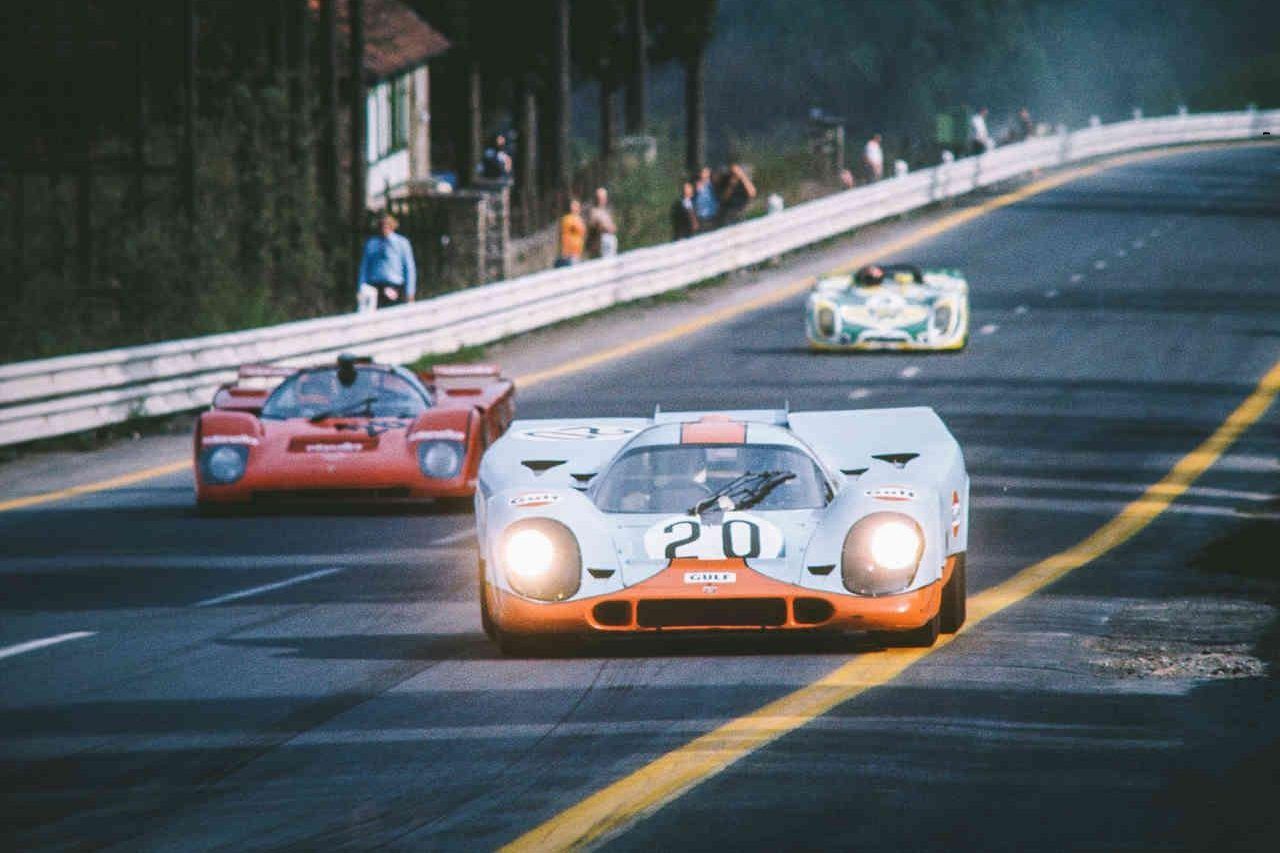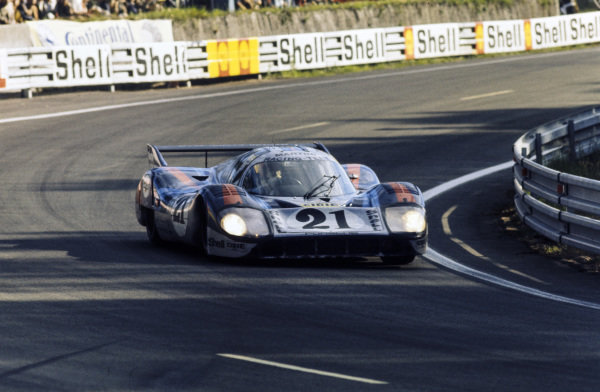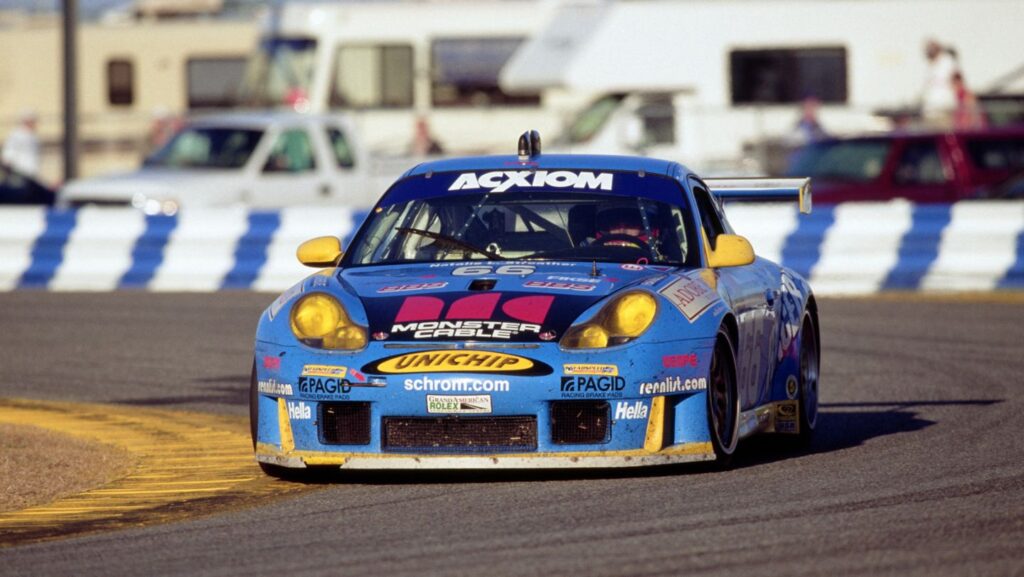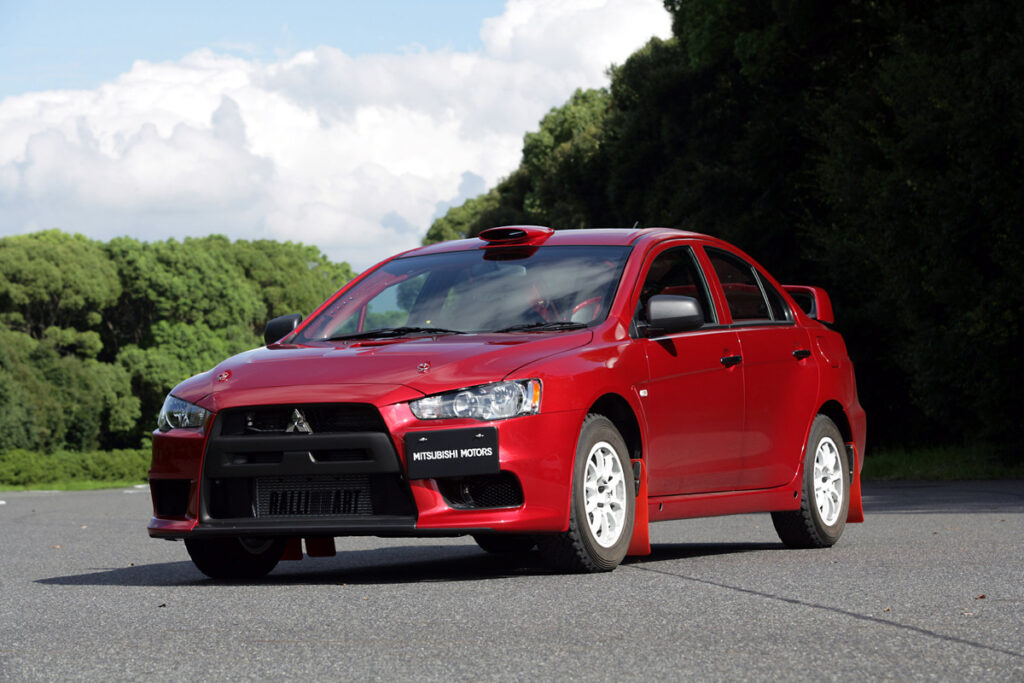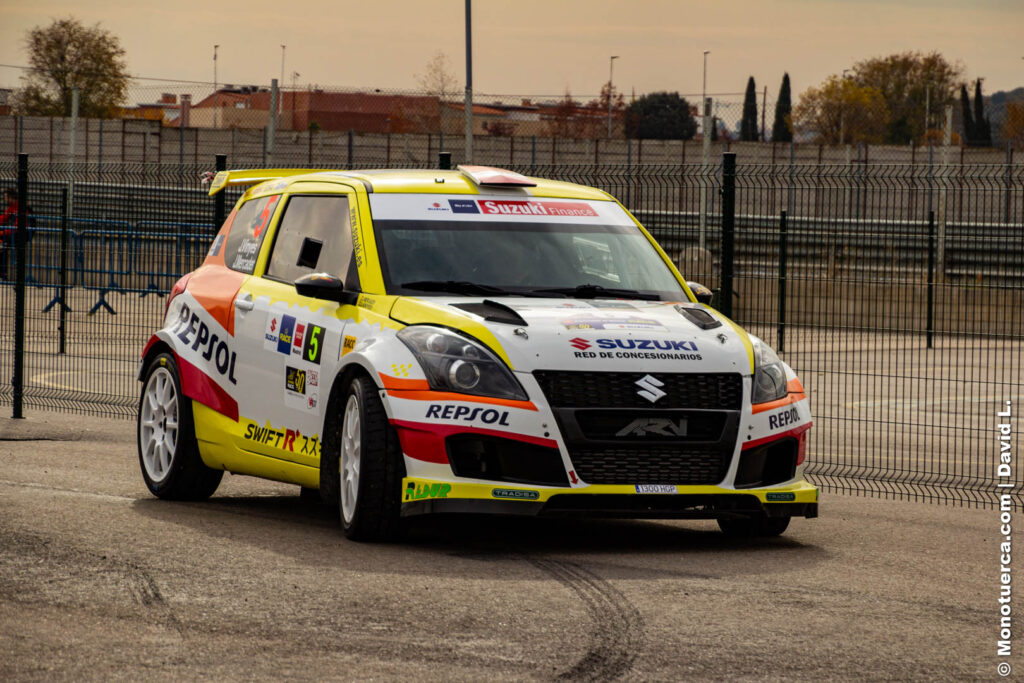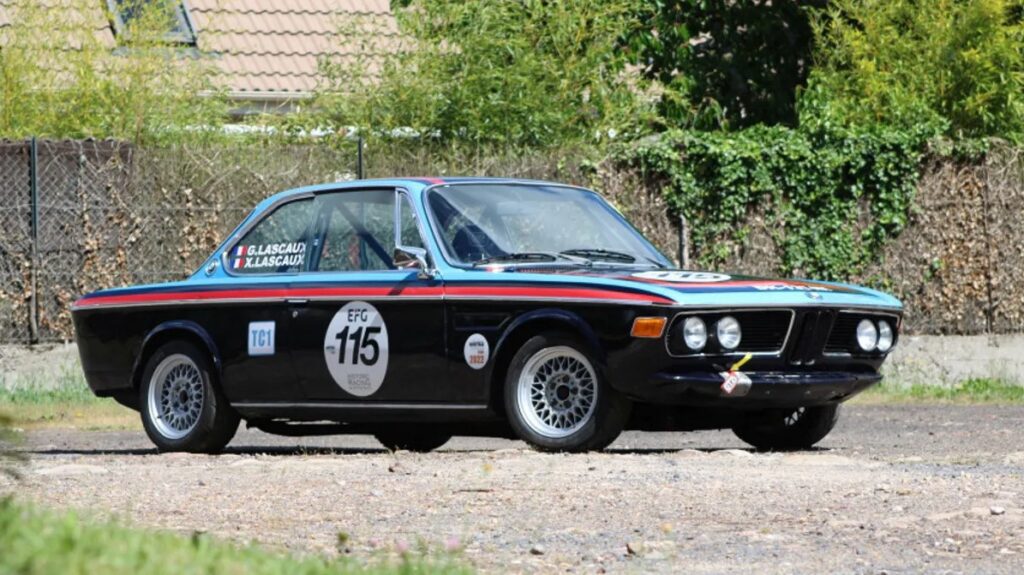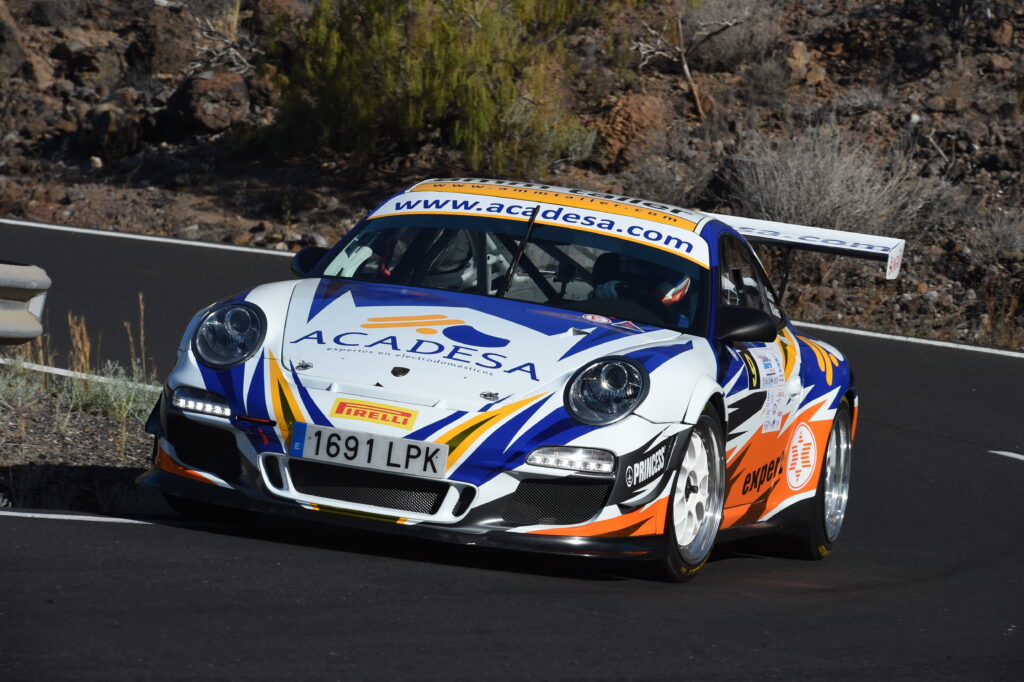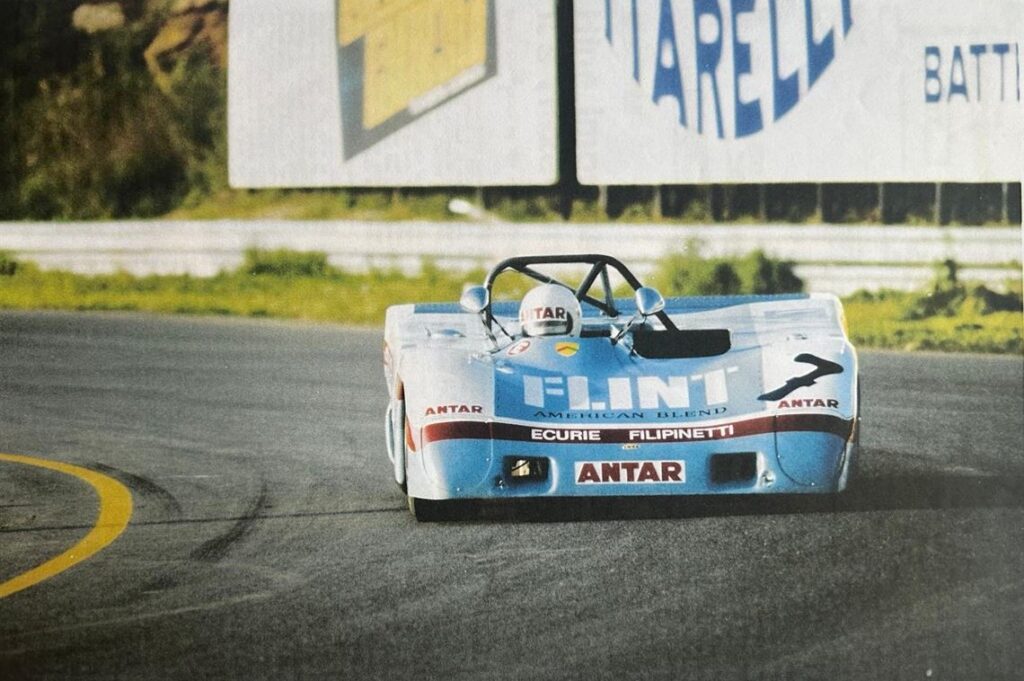1969 Porsche 917

1969 Porsche 917
Brand
Porsche
Year
1969
Country
Germany
Generation
Porsche 917

1969 Porsche 917
Brand
Porsche
Year
1969
Country
Germany
Generation
Porsche 917
About this car
Discover the history
The Porsche 917, initially introduced in 1969, remains one of the most iconic race cars in motorsport history, symbolizing Porsche’s triumph in endurance racing. Its development, spurred by Porsche’s desire to dominate the 24 Hours of Le Mans, resulted in an innovative yet complex machine. With a distinctive 4.5-liter 12-cylinder engine capable of producing over 580 horsepower, the 917 was engineered for both speed and endurance. Porsche’s technical genius, particularly under Ferdinand Piëch’s guidance, focused on maximizing power while addressing the crucial issue of aerodynamics. This led to two distinct body types: the long-tail 917 LH (Langheck) and the short-tail 917 K (Kurzheck), both of which were integral to its racing success.
The 917 faced early challenges, including difficult handling characteristics that initially hampered its performance. Despite a promising start, including testing at the 1969 Geneva Motor Show and initial production delays that raised questions about its readiness, the 917 struggled in early races. Early testing revealed its challenging handling, especially at high speeds, and even resulted in fatal accidents, such as that of a privateer driver at Le Mans in 1969. Porsche was forced to revise the car to make it race-worthy, including working closely with John Wyer’s Gulf Racing team. The team made critical improvements, notably in aerodynamics, by adding a rear wing to stabilize the car at high speeds. These changes transformed the 917 into a formidable contender, marking its turning point in its racing pedigree.

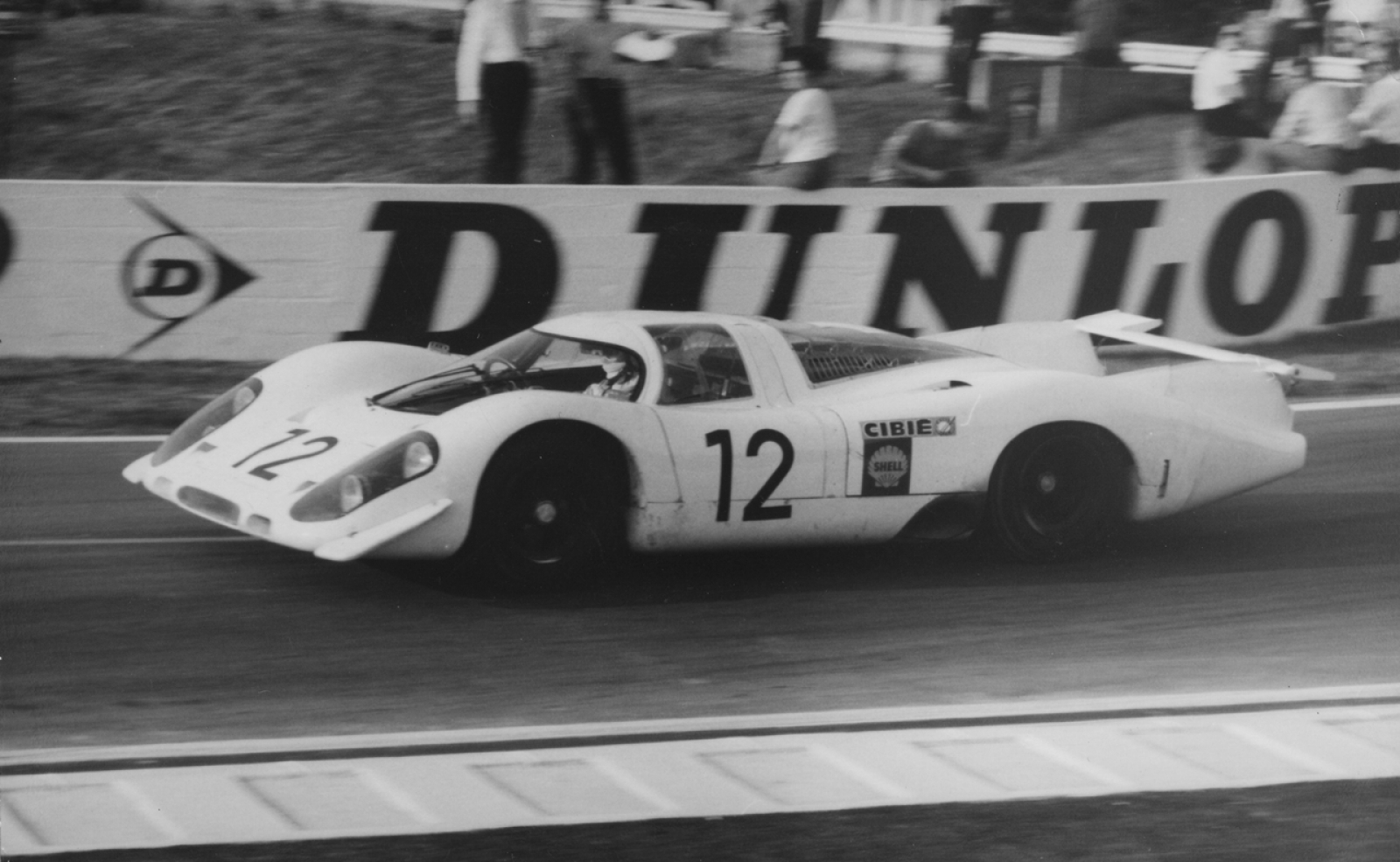


The 917’s breakthrough came at the 1970 24 Hours of Le Mans, where Porsche achieved its first victory in the prestigious race. The car’s dominance extended to the World Sportscar Championship, where it secured numerous wins, including key events at Daytona, Monza, and Spa. The 917’s victories were not only a result of its potent engine but also its innovative design and careful refinement over time. The long-tail 917 LH excelled on tracks favoring top-speed performance, while the 917 K’s shorter body provided greater agility for handling challenging turns. Together, they formed an unbeatable combination on the racing circuit.
In 1971, Porsche solidified its 917 legacy with a sweeping victory at Le Mans, further enhancing its reputation as one of the most successful racing cars ever. The car’s modifications, including an upgraded engine producing 630 horsepower and a magnesium-framed body for reduced weight, allowed the 917 to break numerous speed and distance records, many of which remained unbroken for decades. At Le Mans that year, the 917 set a record lap time that wouldn’t be surpassed until 2006, and a distance record that stood for 39 years. This success was a testament to the car’s engineering brilliance and its dominance in endurance racing.
The 917’s impact was also felt beyond Le Mans. Porsche’s advancements in aerodynamics and lightweight construction set new standards for race car design, influencing not only sports car racing but also future iterations in other racing categories, such as the Can-Am series. Although the 917 was eventually banned by the FIA due to new regulations, its legacy endured. The 917 remains a hallmark of Porsche’s engineering prowess and continues to be celebrated for its role in transforming motorsport.
Despite its complex start and challenges, the 917’s racing pedigree solidified its place in history as one of the most powerful and successful race cars ever built.
